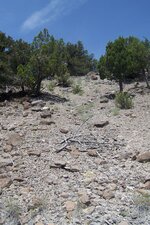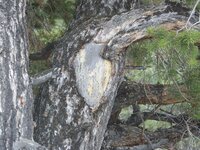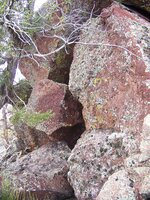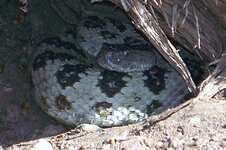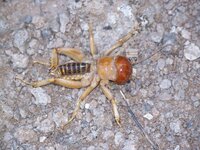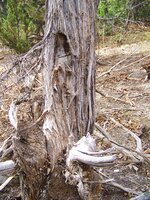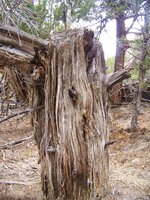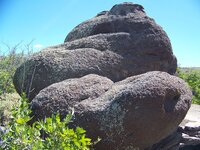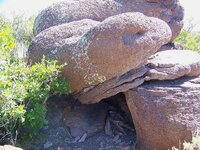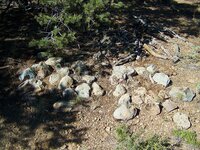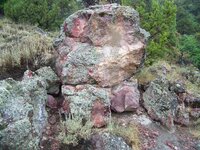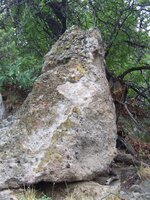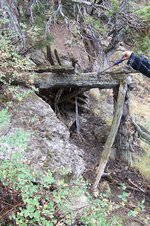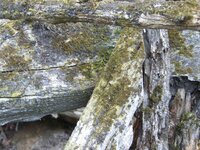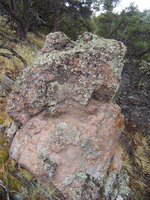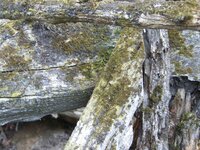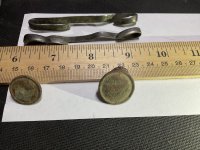bonuntr
Full Member
- Jun 7, 2012
- 214
- 457
- Detector(s) used
- Teknetics T2 LE, Garrett Eagle Eye Deepseeker, Goldbug 2, Bounty Hunter 505, Whites Super 500 Deepseeker, (old, but fun)!
- Primary Interest:
- All Treasure Hunting
I promised a while back that I would start a thread on a trail I have followed since the mid 1990,s, if there is enough interest, I will keep going on it....There are still many unanswered signs along this trail as it branched so many times it will take decades to unravel it. We were fortunate enough to come to an old mine that was hidden and has caved in over the centuries. We have since taken a few assays of veins we found in it. Many were great, some disappointing. Like I stated before, this trail has went in many directions, and I don't believe the mine is the main spot we are searching for. As you all know, treasure hunting is a learn as you go endeavor, and I have made more than my share of mistakes along the way. I can say this: We would have never found this mine without a lot of help from the good folks right here on treasurenet, (and a hell of a lot of researching). Thanks to all who have made it a more than pleasurable way to spend a life...
This photo was taken of a rock pile that perplexed me for 4 years until I began researching the Spanish and their more than great donations to settling the wild west.
I had been pine nut picking in central Nevada with my father when I came across this pile of rocks, and couldn't get it out of my head.
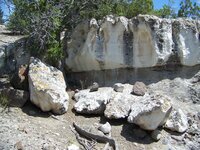
It seemed pretty simple, just follow the big white arrow stone that was placed upon the darker rocks. What we came to find out later, that was only one of the stories these rocks told. The rocks placed on a line of the other white rocks each had a specific meaning and clue.(a couple of which are yet unsolved)
We followed the direction the large white arrow pointed, that's when things became really confusing. We found a plethora of blazes, some centuries old, and some that were made much more recently. Trouble was, they were not easily dated. Over time, we were able to understand a few of them, and decipher at what time they were carved. The photo below is one that had us stumped for quite some time. We believe that it is saying, "If you travel this direction, there is an impassible wash. (If you do follow the direction the branch points for approx. 600 yards, there is a wash that is over 70 foot deep, and straight sided on both sides.
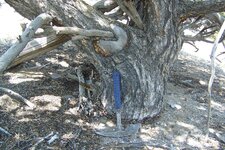
If you follow the branch from the center of the blaze, you will notice at the end there is another branch that transverses the other branch. It shows you the direction you must go if you want to cross the wash. (we found out the hard way that it was the only direction you could get through the wash for well over a mile)
This photo was taken of a rock pile that perplexed me for 4 years until I began researching the Spanish and their more than great donations to settling the wild west.
I had been pine nut picking in central Nevada with my father when I came across this pile of rocks, and couldn't get it out of my head.

It seemed pretty simple, just follow the big white arrow stone that was placed upon the darker rocks. What we came to find out later, that was only one of the stories these rocks told. The rocks placed on a line of the other white rocks each had a specific meaning and clue.(a couple of which are yet unsolved)
We followed the direction the large white arrow pointed, that's when things became really confusing. We found a plethora of blazes, some centuries old, and some that were made much more recently. Trouble was, they were not easily dated. Over time, we were able to understand a few of them, and decipher at what time they were carved. The photo below is one that had us stumped for quite some time. We believe that it is saying, "If you travel this direction, there is an impassible wash. (If you do follow the direction the branch points for approx. 600 yards, there is a wash that is over 70 foot deep, and straight sided on both sides.

If you follow the branch from the center of the blaze, you will notice at the end there is another branch that transverses the other branch. It shows you the direction you must go if you want to cross the wash. (we found out the hard way that it was the only direction you could get through the wash for well over a mile)
Last edited:


